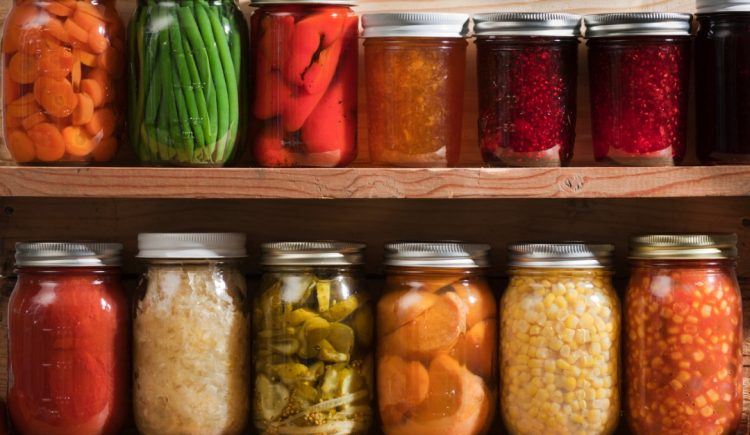Learning to preserve and can fresh foods can be exciting. Whether you grew up with Grandma’s homemade jams and jellies in the pantry or simply want to start a new tradition with your family, canning and preserving can save you time and money. If you’re ready to start preserving or canning, these tips can help.
Find a Mentor
While you can certainly start canning on your own, finding a mentor or taking a class can give you the confidence you need to truly begin. Look for a local class in your area. Community colleges and local recreation centers may offer a canning and preserving course. You can also find someone you know who has canning experience and offer to help them with their harvest. You can take that knowledge home and begin yourself.
Start Small
Start by planning for just a few key recipes, and then decide where your time is best spent. You may find that a few recipes were enough to make you feel confident about the rest of the year, or you may find that you have the bandwidth to continue. Starting small prevents waste and overwhelm.
Gather Your Supplies
Canning requires some essential equipment and requires a firm grasp of how to use it safely. The iconic canning kettle is a porcelain canner, but as many lifelong canners and preservers can tell you, a large heavy-duty pot will do the job quite well for any boiling water canning. Naturally, you will need some modern canning jars and new lid and ring closures.
Never reuse store bought jars from spaghetti sauces or mayonnaise–they may not be designed to withstand temperatures required for safe home canning. Ideally, you will also want to avoid vintage jars since modern lids may not fit as securely. A secure seal is vital to keeping the items safely preserved.
You may also need:
- A measuring cup set
- Steel Ladle
- Canning Tongs
- Wide-mouth funnel
Plan Thoughtfully
Careful planning is key to starting a canning or preserving project. Poor planning can result in food waste, a temptation to substitute ingredients, or even the introduction of harmful bacteria to your food. Find a reliable recipe and follow it strictly to ensure food safety. Plan well to ensure you purchase your harvest as close to your canning date as possible; previously frozen ingredients will not react the same way to the recipes. Ensure you find high-quality fresh fruits and veggies that are not overly bruised or moldy.











